The Dangers of Child Molestation
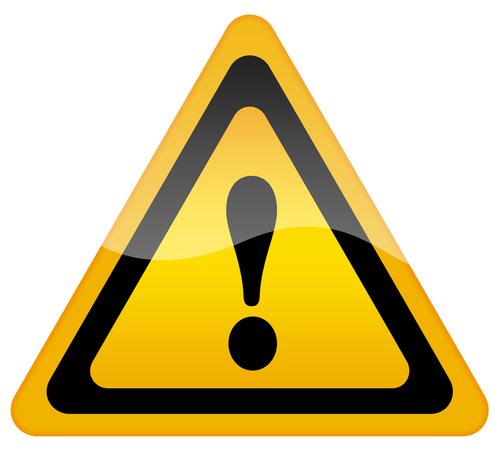

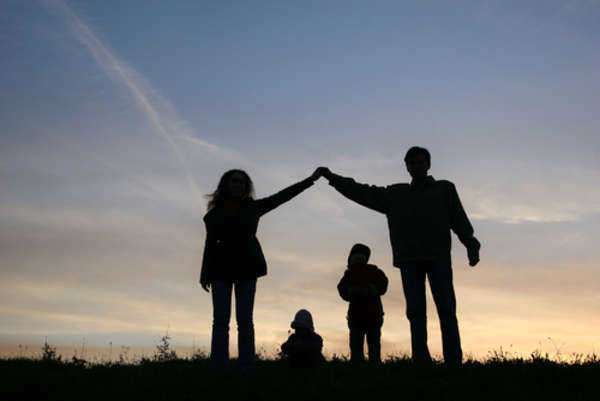
 Protecting Our Future: Child Pornography Laws and their Crucial Role in Ensuring Child Safety
Protecting Our Future: Child Pornography Laws and their Crucial Role in Ensuring Child SafetyIntroduction
Child pornography is a dark and distressing issue that continues to plague society, exploiting the innocence of children and leaving a long-lasting scar on their lives. To combat this heinous crime and protect our children, lawmakers worldwide have enacted stringent child pornography laws. These laws are essential in safeguarding children and ensuring their well-being. This article explores the significance of child pornography laws, their evolution, and their role in keeping children safe.
Understanding Child Pornography
Child pornography is the production, distribution, or possession of explicit images or videos involving minors engaged in sexual activities. These images can range from explicit photographs to videos, and their creation and circulation are a grave violation of a child’s rights and privacy.
1. The Evolution of Child Pornography Laws
Child pornography laws have evolved significantly over the years in response to changing societal norms and technological advancements. Historically, child pornography was not addressed adequately by legal systems, leading to insufficient protection for children. However, as awareness grew and the internet emerged as a platform for exploitation, governments worldwide recognized the need for comprehensive legislation.
A. Early Efforts
The initial efforts to combat child pornography primarily focused on punishing the producers and distributors of explicit material. These early laws laid the foundation for addressing child exploitation but often did not consider the plight of the victims themselves.
B. The Impact of Technological Advancements
With the rise of the internet, child pornography took on a new dimension. The ease of sharing and accessing explicit content online led to a surge in cases. Lawmakers had to adapt quickly to confront this challenge. Consequently, child pornography laws began to encompass not only the producers and distributors but also those who possessed and viewed such material.
C. International Collaboration
Child pornography is a global problem, and international cooperation became essential to combat its proliferation. The United Nations, along with various regional organizations, introduced conventions and treaties to facilitate cross-border efforts against child exploitation. One notable example is the Optional Protocol to the Convention on the Rights of the Child on the Sale of Children, Child Prostitution, and Child Pornography, adopted in 2000.
2. Key Components of Child Pornography Laws
Child pornography laws typically include several crucial components to address the multifaceted nature of the problem.
A. Age of Consent
One fundamental aspect is defining the age of consent. Laws clearly state that explicit material involving minors below a certain age is illegal. This age varies by jurisdiction but is typically set at 18 years old.
B. Production and Distribution
Child pornography laws target not only the creators of explicit content but also those who distribute or share it. This discourages the creation of such material in the first place and curbs its circulation.
C. Possession
Possessing child pornography is a crime in many jurisdictions. This provision is essential in preventing individuals from stockpiling explicit content involving minors.
D. Online Safety Measures
To combat the online dissemination of child pornography, many countries have enacted laws that require internet service providers (ISPs) and platforms to report and remove such content promptly.
3. The Role of Child Pornography Laws in Child Safety
Child pornography laws play a pivotal role in ensuring the safety and protection of children. Here are some ways in which they contribute to this crucial goal:
A. Deterrence
Child pornography laws act as a deterrent, discouraging individuals from engaging in the production, distribution, or possession of explicit material involving minors. The threat of severe legal consequences dissuades potential offenders.
B. Victim Support
Modern child pornography laws recognize that the victims of these crimes are often scarred for life. They provide support mechanisms such as counseling, therapy, and compensation to help survivors recover and rebuild their lives.
C. Educational Initiatives
Many countries have introduced educational programs to raise awareness about child pornography and its consequences. These initiatives inform parents, children, and communities about the dangers and signs of exploitation.
D. International Collaboration
Child pornography is a transnational issue, and effective measures require international cooperation. Child pornography laws facilitate collaboration between countries in tracking and prosecuting offenders.
E. Technological Advances
As technology continues to evolve, child pornography laws adapt to address emerging challenges. For example, some laws now encompass deepfake technology and virtual exploitation to stay ahead of offenders.
4. Challenges in Enforcing Child Pornography Laws
While child pornography laws are vital for child safety, they are not without challenges:
A. Jurisdictional Issues
The global nature of the internet makes it challenging to enforce child pornography laws effectively. Offenders can easily move content across borders, exploiting legal gaps.
B. Technological Complexity
Advancements in technology, such as encryption and anonymization tools, make it difficult to trace and prosecute offenders online.
C. Stigmatization of Victims
Despite efforts to protect victims, survivors of child pornography may still face stigma and discrimination, hindering their recovery.
D. Resources and Funding
Enforcing child pornography laws requires substantial resources, including trained personnel, technology, and legal infrastructure. Many countries struggle to allocate sufficient funding for this purpose.
Conclusion
Child pornography laws are indispensable in protecting children from exploitation and abuse. They have evolved over the years to address the challenges posed by changing societal norms and technological advancements. These laws play a pivotal role in deterring offenders, supporting victims, and raising awareness about the issue. However, enforcing child pornography laws remains a complex and ongoing challenge that requires international cooperation, technological adaptation, and continued advocacy for child safety. As we look towards the future, it is essential to remain vigilant in our efforts to protect the most vulnerable members of our society – our children.
Child pornography laws are written in the federal law books. They are federal laws because the trafficking of these images often constitute interstate commerce. Therefore, the federal government has jurisdiction over many cases of child pornography. Naturally, cases in which the unlawful material is trafficked within a state, then the state has jurisdiction.
States must meet the minimum federal standard of child pornography law but are entitled to add onto their statutes as they see fit. This article will only discuss the federal law because the facts of child pornography law are in common with all 50 states of the Union. The most basic legal definition of child pornography is a sexually explicit image or film of a person under 18 years of age. Child pornography can appear in all forms of printed and digital media. Child pornography law applies to indecent images of both heterosexual or homosexual sex.
It also does not matter if all of the actors in the production of the images are children or a combination of adults and children. Images of children engaging in bestiality also are applicable to the crime to child pornography law. Child pornography also applies to intentional public or private exhibition of a nude minor. They are all illegal.
Child pornography law does not apply to artistic depictions of nude youths. Drawings, sculptures, cartoons, and paintings do not apply to child pornography as long as they do not depict children involved in a sexually explicit act.
The images in question in most cases of child pornography are of a graphic nature; depicting real scenes of the unlawful sexual exploitation of a child under 18 years of age. Child pornography law is also applicable to simulated images of child pornography. Simulated child pornography is a controversial issue in the porn industry because it is unclear what constitutes simulated child pornography.
Federal child pornography law does not define what simulating child pornography means; therefore, many states have added provisions to clarify the definition of simulating child pornography. Some states have adopted child pornography laws that define simulated child pornography as any pornographic image depicting an adult that looks under 18 years of age. These state statutory provisions to the basic federal child pornography law are mostly ineffective because the jurisdiction of the Internet falls under the federal government.
Law and Technology in Child Pornography
There is ongoing debate between free-speech advocacy groups and the US Department of Justice on the proper definition of simulated child pornography. The DOJ argues that pornography that has adults of legal age portraying minors should be illegal because it glorifies pedophilia. Free-speech advocacy groups do not agree with that assertion stating that the actors are legally expressing themselves in a legal but distasteful manner.
Digitally altered images that simulate youthful appearance are also a topic of debate between the DOJ and free-speech advocacy groups. These images teeter on the edge of child pornography because they depict a pornography model of age but the images are digitally altered to appear younger than 18 years of age.
Even 18-year old that appear younger are subject to debate in determining the disputed definition of simulated child pornography in federal child pornography law. Rapidly changing technology changes existing definitions of laws and could lead to rigorous debate over the appropriate nature of a legal issue.
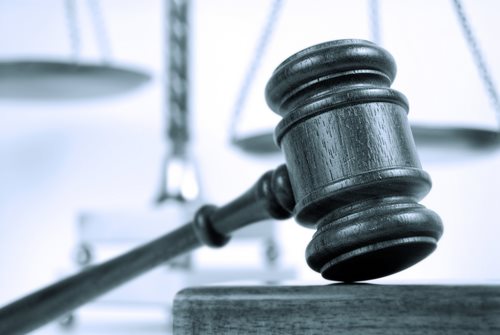
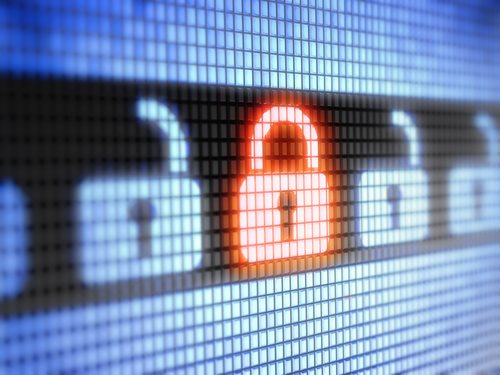
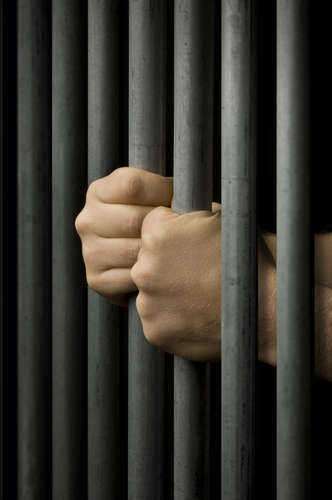

On October 5, 2012, the Eastern District of Virginia announced that Adonay Fuentes (“Cheesy or “Crazy Boy”) of Prince George’s County in Maryland was arrested for his role in a child sex trafficking ring. The ring was run by the Mara Salvatrucha 13 (MS-13) street gang.
U.S. Attorney Neil H. MacBride stated, “This arrest marks the twelfth gang member we have charged with child sex trafficking. We hope gang members and other pimps realize they face serious prison time for profiting from forcing these children in sexual slavery.”
According to the FBI and court records, Fuentes is an active member of the Normandie Locos Savatruch (NLS) branch of MS-13 and conspired with other gang members to enforce and maintain a juvenile prostitution scheme. The scheme occurred for several months, and at least three teenage girls were recruited into the prostitution scheme during those months.
Fuentes is suspected of recruiting different customers, speaking with continuing customers, collecting fees from prostitutes and customers, transporting the underage prostitutes to have sex with clients, and providing the underage girls with alcohol and drugs.
One victim was a runaway between the age of 15 and 16 during the time of the crime. According to court documents, the girl was forced into prostitution after members of the gang threatened to hurt her boyfriends is she did not cooperate. She was then forced to have sex with clients several times a day and every day during the week for at least a month.
James W. McJunkin, the Assistant Director in Charge of the FBI’s Washington Field Office, stated: “The sex trafficking of an individual completely against their will, by force or threat of force, is a form of modern-day slavery. The FBI and our partners on the Northern Virginia Human Trafficking Task Force will continue our focused effort to track down and bring to justice those who exploit our children and engage in human sex trafficking.”
Source: Federal Bureau of Investigation
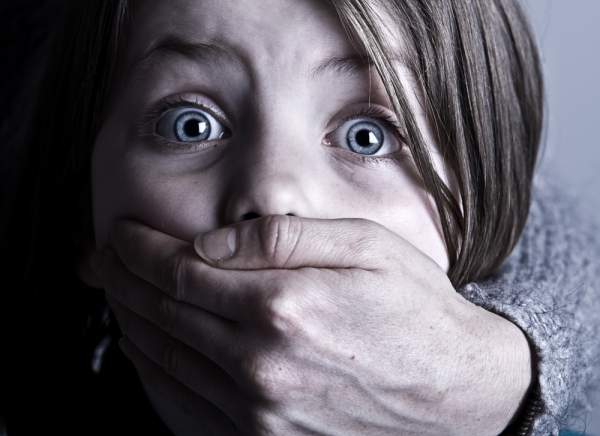
On October 4, 2012, the US Attorney’s Office for the District of Maryland announced that Terrance Dion Robinson of Baltimore pleaded guilty to eight counts of “sexually exploiting minors to produce child pornography.” The FBI reports that Robinson was convicted of two crimes in the past that involved the sexual abuse of children.
Robinson pleaded guilty to the charges. During the plea agreement, Robinson stated that he produced images between 2007 and 2010 of prepubescent minors while he was alone with the minors. Robinson also admitted that he used a file sharing program to download images and videos off the internet that contained child pornography. He stored the images and videos on his laptop, his external hard drive, and other storage devices.
On October 18, 2010, detectives searched his residence and seized his computer and other equipment. The Child Abuse Unit under the Baltimore Police Department then conducted a forensic examination of the digital device and found images and videos that were produced by Robinson himself. The digital devices contained more than 600 images and at least four videos of children engaging in sexual conduct.
The forensic examiner examined Robinson’s computer, external hard drive, thumb drivers, flash drives, CDs, and DVDs and found that he searched for files, websites, and discussions that contained child pornography.
The FBI reports that Robinson now needs to “register as a sex offender in the place where he resides, where he is an employee, and where he is a student, under the Sex Offender Registration and Notification Act (SORNA).”
The FBI also reports that Robinson faces a mandatory minimum sentence of 35 years in prison. He faces a maximum penalty of life in prison for each count of producing child pornography. He will face a lifetime of supervised release, and his sentencing will occur on March 25, 2013.
Source: Federal Bureau of Investigation

On October 4, 2012, the US Attorney’s Office for the Southern District of Texas announced that the last three defendants were charged in the largest domestic sex trafficking case of all time for the Southern District of Texas. The operation was called Operation Total Exposure, and at least one minor was rescued during the investigation. The FBI reports that numerous other minors and adults have been returned to their families.
The following defendants enter their guilty pleas in front of U.S. District Judge Lynn Hughes: John Butler of Houston, Jamine Lake of Houston, and Ronnie Presley formerly from Houston. All of the recent defendants were convicted of conspiracy of conspiracy to commit sex trafficking. Furthermore, Butler and Lake each pleaded guilty to one count of transportation, and Presley was convicted of two counts of transportation. Lake was convicted of one count of coercion and enticement while Presley was convicted of two counts for the same charge.
The previous defendants were William Hornbeak, Andre McDaniels, and Kristin Land who were all from Houston. Records from the court showed that the defendants disguised the sex businesses as modeling studios, health spas, massage parlors, and bikini bars throughout the Houston area.
Evidence presented to the court proved that the conspirators recruited women and minors to become prostitutes. Certain members of the commercialized sex business transported the women and minors to Houston who had ties previous ties to Kansas, Nevada, Arizona, and Florida. The FBI reports that many of the women were regularly beaten and threatened to make them cooperate. All of the money was taken from the women and minors so the victims were fully dependent on the conspirators.
The FBI reports that all of the defendants face 5 years in prison and a fine up to $250,000 for conspiracy. The coercion and enticement charge carries a penalty of 20 years in prison, and transportation carries a penalty of 10 years in prison.
Source: Federal Bureau of Investigation
